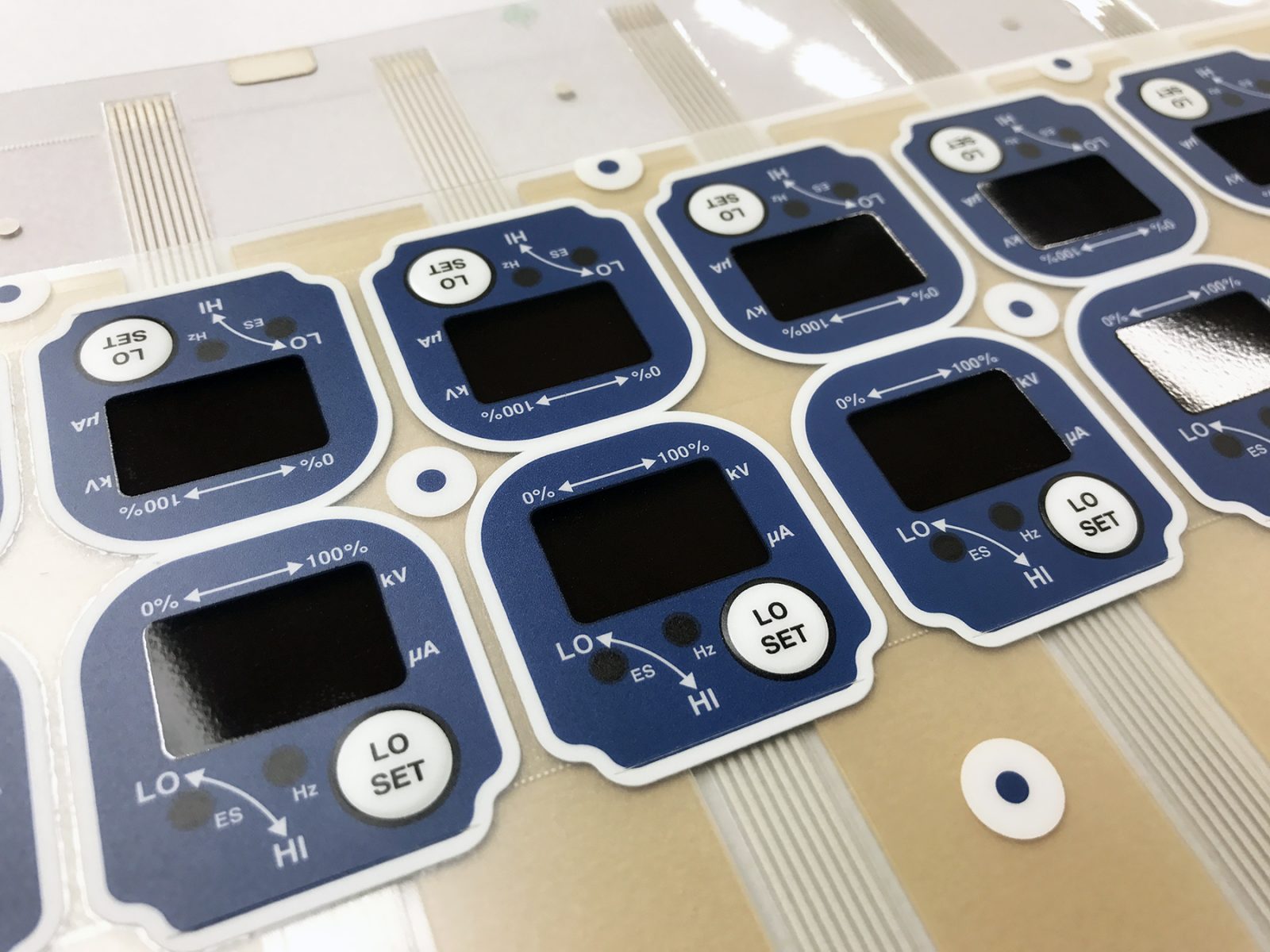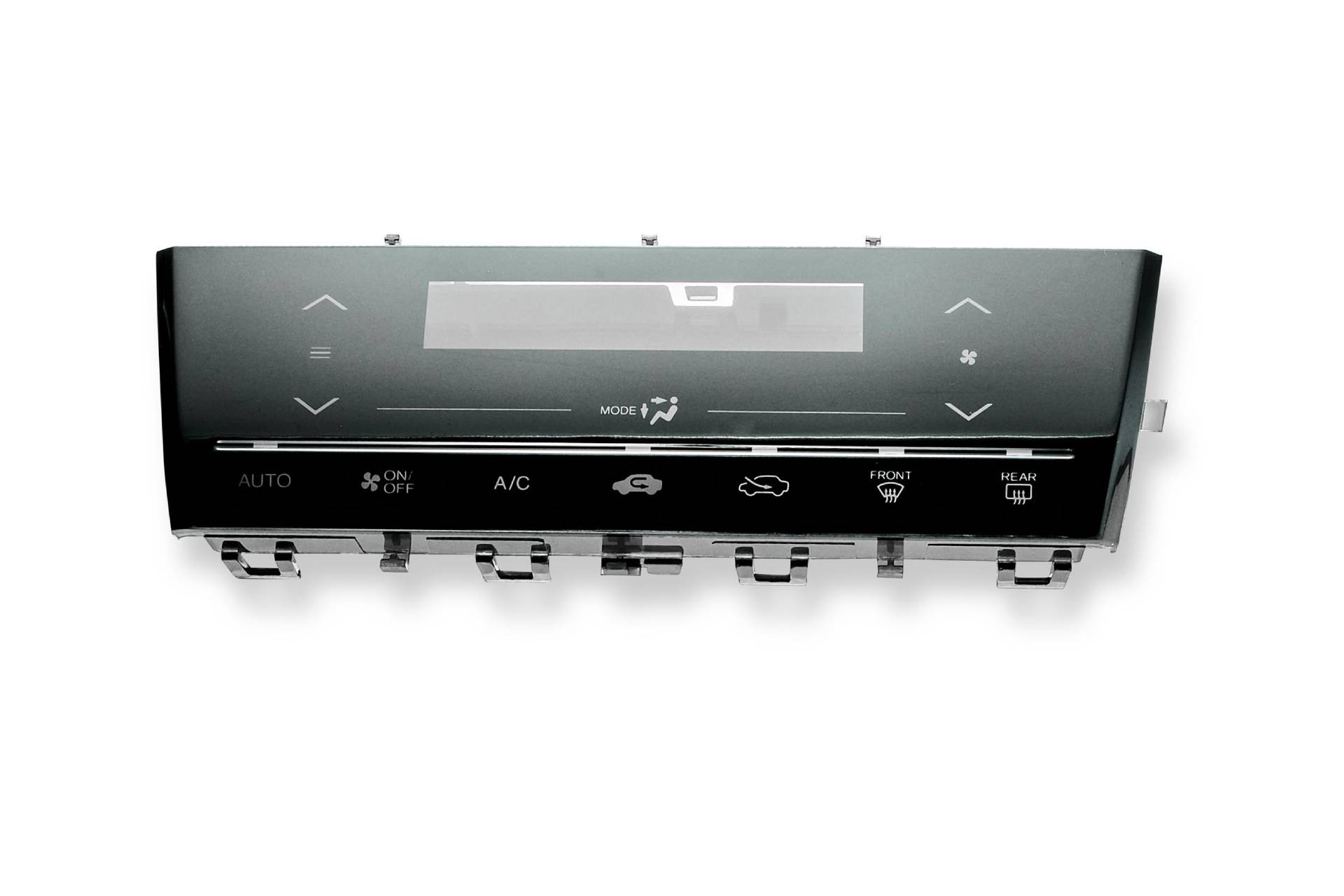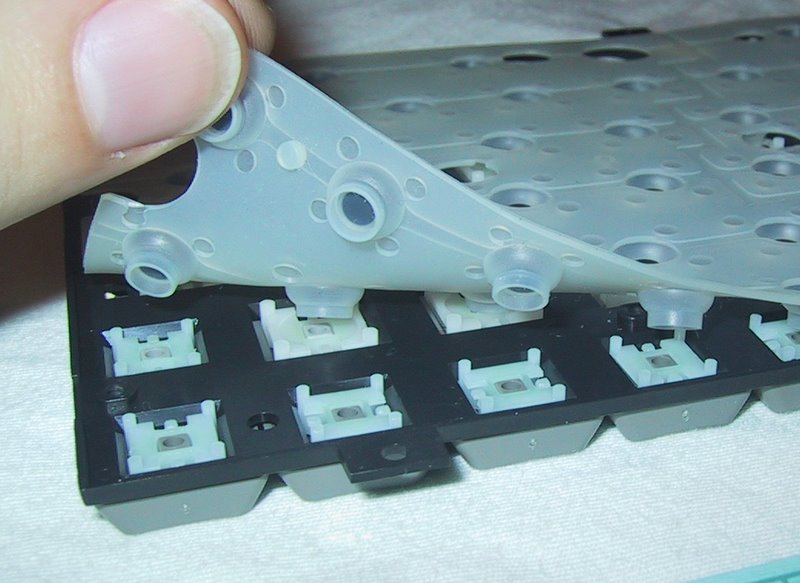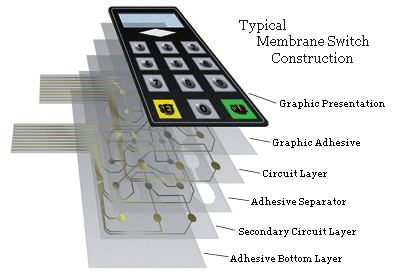If durability matters, sourcing from a reliable membrane switch manufacturer is key.
If durability matters, sourcing from a reliable membrane switch manufacturer is key.
Blog Article
Everything About Membrane Layer Switch Over: Recognizing Its Layout and Capability
When you believe concerning the control interfaces in contemporary tools, membrane switches commonly come to mind. Allow's explore what collections membrane switches over apart from various other control systems.
What Are Membrane Layer Buttons?

Their seamless nature makes them simple to tidy and immune to dirt and wetness, a crucial feature in numerous atmospheres. Membrane layer switches can also be personalized pertaining to form, size, and graphics, enabling makers to develop one-of-a-kind interfaces tailored to specific items. And also, they're lightweight and thin, which helps in minimizing the overall mass of gadgets. On the whole, membrane layer buttons play a considerable function in enhancing customer experience throughout a vast variety of applications.
Just How Membrane Layer Changes Work
When you push a secret on a membrane layer button, it triggers a straightforward yet reliable mechanism. The leading layer, typically made of adaptable material, lowers onto a conductive layer underneath it. This action bridges the space between conductive traces, completing an electric circuit. As quickly as the circuit closes, it sends out a signal to the device's controller, which interprets your input.
You'll discover that the responsive responses varies based on the button design, offering either a soft click or an extra pronounced action. As soon as you release the secret, the membrane layer go back to its initial setting, resuming the circuit and stopping the signal. This procedure happens practically immediately, ensuring a receptive user experience.
Membrane buttons are popular because of their longevity and resistance to dirt and wetness, making them ideal for different applications, from family home appliances to medical gadgets. Understanding this procedure aids you value their widespread usage.
Secret Components of Membrane Layer Switches
Understanding the crucial elements of membrane layer buttons is basic for understanding their capability and design. At the core, you'll discover the graphic overlay, which offers the visual interface for customers. Under that, there's a spacer layer that divides the circuit layers, ensuring that they don't make contact up until pressed. The circuit layer is where the magic happens; it consists of conductive traces that finish the circuit when you press the button. One more necessary element is the adhesive backing, permitting the button to stick to surfaces securely. Lastly, the safety layer shields versus ecological factors and put on, prolonging the switch's lifespan. Each part plays a substantial function in guaranteeing reliable performance and user interaction. By recognizing these elements, you'll gain understanding into how membrane layer switches over run and their relevance in numerous applications.
Products Used in Membrane Layer Change Layout
The performance and resilience of membrane layer switches heavily depend on the materials made use of in their design. You typically come across polyester and polycarbonate as key substrates because of their excellent stamina and adaptability. These materials withstand scrapes and chemicals, navigate to these guys making them optimal for requiring environments.
The conductive layers typically make use of silver or carbon, chosen for their dependability and conductivity. membrane switch manufacturer. Silver gives superior performance, while carbon is a cost-efficient alternative. For the overlay, you may take into consideration a matte or shiny finish, depending upon your aesthetic demands and customer experience
Make particular to pick adhesives that endure ecological elements like temperature and humidity. Picking the right materials will guarantee your membrane layer button stands the examination of time.
Style Considerations for Membrane Buttons
While making membrane layer switches, it's crucial to take into account different elements that affect their capability and individual experience. Begin by focusing on the format and switch size; make sure they're this page intuitive and very easy to navigate. Consider the responsive comments you wish to provide-- will customers need a visible click or a softer touch? Additionally, consider the materials you'll make use of, as they'll affect toughness and looks.
Verify your style fits environmental aspects, like wetness or temperature variations, which could affect performance. By carefully considering these elements, you'll develop a membrane layer button that improves functionality and complete satisfaction.
Applications of Membrane Switches
Membrane buttons are functional parts located in numerous applications, from commercial devices to consumer electronic devices. You'll see their influence in makers that need resilient interfaces and in tools that take advantage of streamlined styles. Comprehending these applications assists you appreciate the functionality and usefulness of membrane layer switches in day-to-day modern technology.
Industrial Devices Use
When you're looking to improve the capability of industrial equipment, membrane buttons supply a reputable remedy that combines sturdiness with straightforward design. These switches are best for severe atmospheres, giving resistance to dust, moisture, and chemicals. Accept membrane layer buttons to streamline your operations and boost general efficiency.
Consumer Electronics Assimilation
In the domain of customer electronics, membrane layer buttons play a vital role in boosting individual interaction and tool performance. Membrane buttons also assure toughness and resistance to dust and dampness, prolonging the life-span of your electronic devices. By choosing membrane layer switches, you boost not just the performance but additionally the style of your find more info tools, making daily interactions smooth and satisfying.
Advantages and Negative Aspects of Membrane Buttons
While membrane buttons provide a series of advantages, they also feature some drawbacks that you need to consider. One substantial advantage is their small style, making them suitable for space-constrained applications. They're also economical, providing a long lasting remedy with a low production price. On top of that, their seamless surface is very easy to tidy, enhancing hygiene in environments like hospitals.

However, there are disadvantages. Membrane switches can have a much shorter life-span contrasted to mechanical buttons, specifically under hefty usage. They can likewise be less tactile, which could influence customer responses during procedure. Moreover, if damaged, repairing them can be difficult and often requires total replacement. Eventually, their sensitivity to extreme temperatures and environmental problems might restrict their performance in particular setups. Balancing these pros and cons will aid you determine if membrane layer buttons are the appropriate suitable for your job.
Often Asked Questions
The Length Of Time Do Membrane Layer Switches Generally Last?
Membrane layer changes commonly last between 5 to one decade, depending upon use and environmental problems. You'll want to examine factors like wear, exposure to dampness, and temperature changes to gauge their durability effectively.
Can Membrane Changes Be Customized for Particular Layouts?
Yes, you can customize membrane buttons to fit specific designs (membrane switch manufacturer). You'll have the flexibility to pick colors, shapes, and designs that match your task's requirements, ensuring they mix flawlessly with your overall aesthetic
What Is the Price Array for Membrane Switch Production?
The expense array for membrane layer switch production typically falls in between $1 and $10 per device, depending on elements like style intricacy, amount, and materials. You can get quotes from producers to discover the very best alternative.

Are Membrane Layer Switches Over Waterproof or Resistant?
Membrane switches can be developed to be water resistant or immune, depending on materials made use of and building approaches. If you require them for damp environments, assure you define those needs throughout the layout procedure.
Exactly How Do Membrane Layer Switches Contrast to Standard Buttons?
Membrane switches are usually thinner and extra adaptable than conventional switches, supplying a smooth layout. They're often simpler to clean up and integrate, yet may not offer the tactile responses you're made use of to with mechanical options.
Final thought

Report this page